Blogs
-
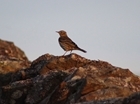
in:
Uplands Blog
under:
Merlin Magic
The period immediately following sunrise is usually said to be the best time to survey for most diurnal species, but was it the same for pipits?
-
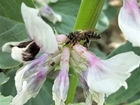
in:
Farmland Ecology Blog
under:
Farmland Ecology
Bees that forage enter the flower from the front, and in turn pollinate the flower when retrieving nectar. When they rob, they chew a hole at the back of the flower or use a hole made by another bee and they steal the nectar without pollinating the flower – a lot of people are unaware that bees even do this!
-
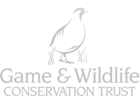
-

-
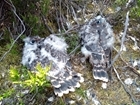
in:
Uplands Blog
under:
Merlin Magic
With the merlin gone for the winter, we have been busy in the uplands taking field measurements to understand what makes habitats suitable for nesting merlin. As merlin are specially protected, it is important that they are not disturbed while they are breeding, so we collect these measurements after the breeding season ends.
-
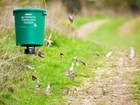
-

in:
GWCT News Blog
under:
GWCT Wales
World Wetlands Day on the 2nd of February each year aims to raise awareness about wetlands; it also marks the anniversary of the Convention on Wetlands, an international treaty signed in 1971. The themes of this year’s awareness day are “Value”, “Manage” and “Restore”.
-

-

-
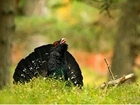
in:
Auchnerran Blog
under:
Nature
, GWCT Scotland
The capercaillie is a truly magnificent species, one that almost seems too significant and primeval to occur in the small remaining pockets of Caledonian pine forests in the 21st century. The small, declining population of this species is now centred in Strathspey, with fewer individuals occurring in Deeside and Easter Ross. This, sadly, makes observing capercaillie particularly rare in Scotland.
Get the Latest News & Advice
Join over 100,000 subscribers and stay updated on our latest advice, research, news and offers.
*You may change your mind any time. For more information, see our Privacy Policy.